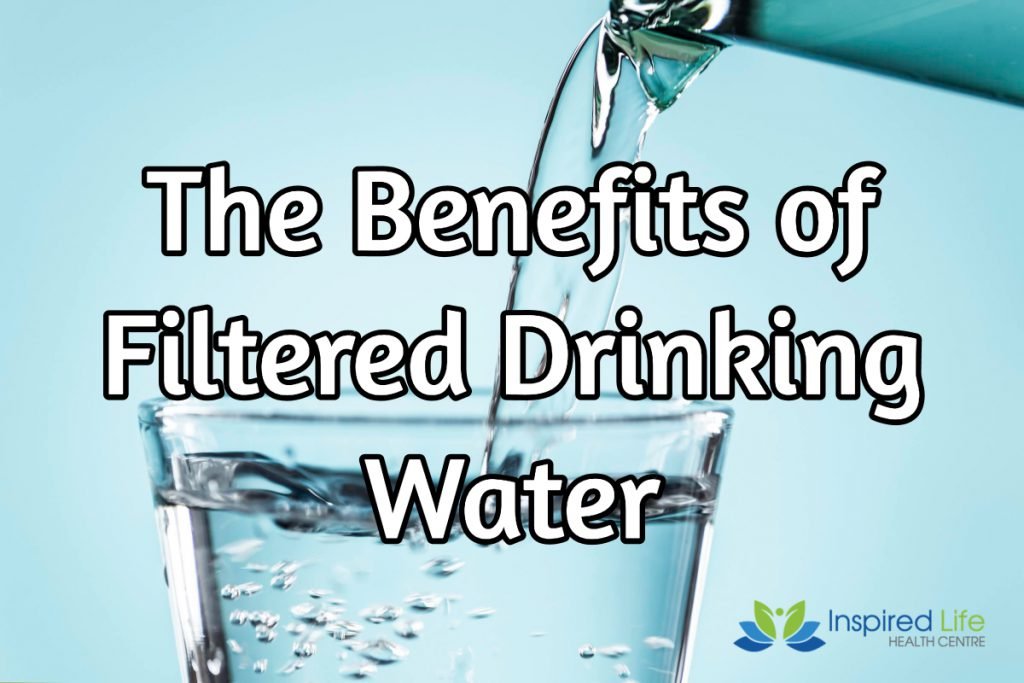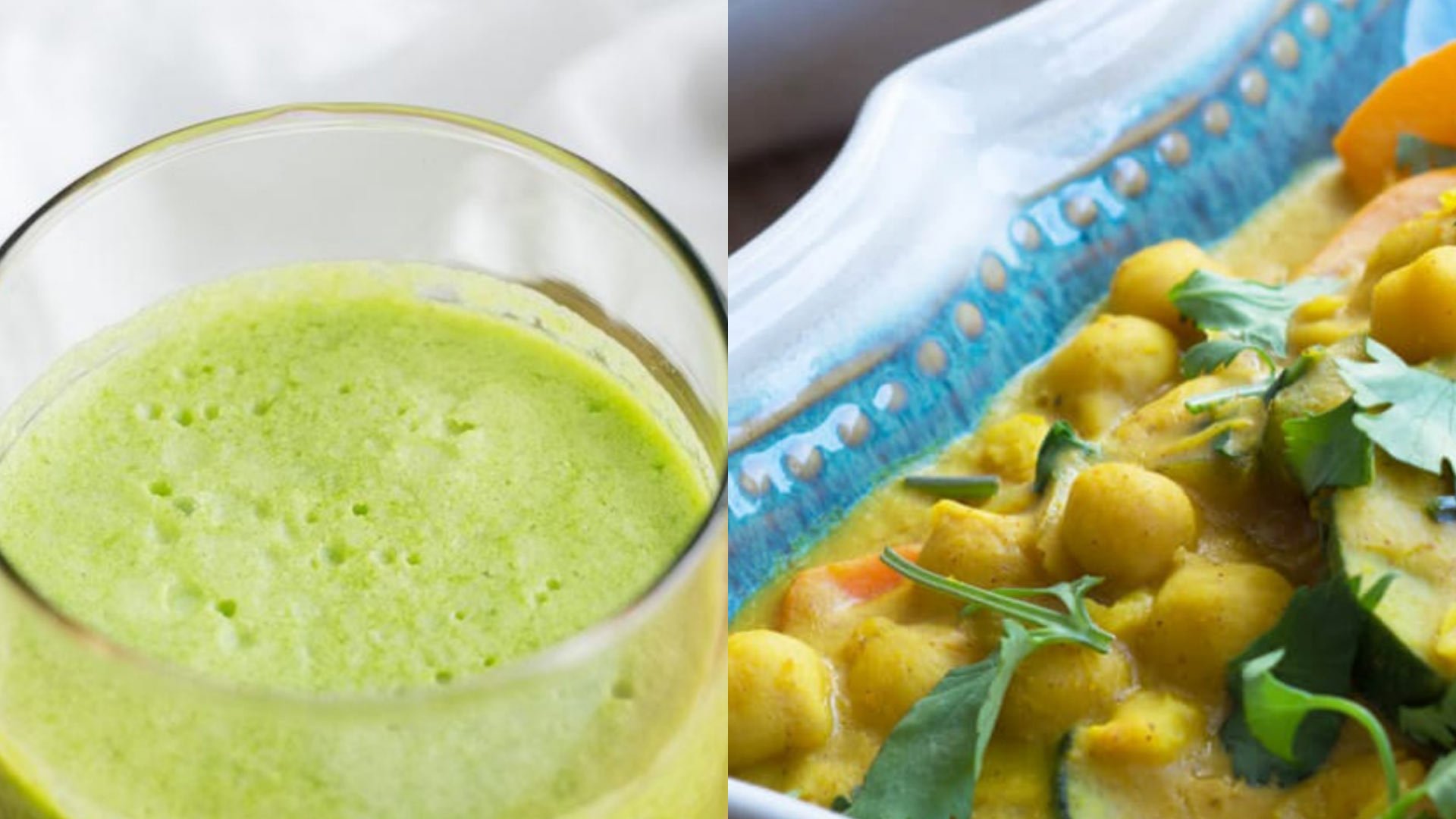|
|
Water is essential to life and affects us every day, whether it’s for drinking, cleaning, showering, brushing our teeth, cooking, rinsing, washing, or doing the laundry. Each of these tasks requires clean water in order to provide us a safe environment in our bodies and around us in our homes and other environments.
According to WebMD, a large government-funded study showed that drinking water had increasingly more contamination with viruses and other illness-inducing contaminants due to leaky pipes in different areas of the United States.
Canada, too, is at risk of contaminated freshwater supply, according to an article from Macleans.
Our freshwater systems are under strain from threats of aging infrastructure, climate change causing floods and droughts, cyberattacks, transboundary conflicts with the U.S., contamination due to hydraulic fracturing (fracking) and the sale of water to foreign markets.
On the Government of Canada website, the Canadian Drinking Water Guidelines states:
Canadian drinking water supplies are generally of excellent quality. However, water in nature is never “pure.” It picks up bits and pieces of everything it comes into contact with, including minerals, silt, vegetation, fertilizers, and agricultural run-off. While most of these substances are harmless, some may pose a health risk.
So, what can you do to ensure the quality and safety of the water you have in your home, and especially the water that you use for drinking and cooking?
Filter. Your. Water.
There are so many levels of water filtration that it can be quite confusing, so our intent with this article is to provide you with the minimum bits of information that will provide you with a foundation upon which you have the choice to dive deeper into if you like, or to just make a quick decision and buy the items needed to start filtering your water today.
In this post, we’ll simply talk about filtering your drinking water. While whole-home water filtration systems exist using the same technologies, we’ll keep that separate as there are a number of other factors involved in making that decision.
The Different Types of Drinking Water Filtration
It can be confusing to figure out which type of drinking water filtration system is best for you and your household. Just know that the higher and better the filtration will usually result in a significantly higher cost. (aka “You get what you pay for”)
But Wait – I Heard That Filtered Your Water Was Void of Essential Minerals
If you’ve heard this, then you’re spot on if you’re referring to reverse osmosis or distilled water filtration systems. And yes, you’re also right if you’re thinking that water that has little to no minerals is more acidic than water that does have minerals. However, it’s not necessarily a bad thing to drink super clean water from reverse osmosis or distilled water systems if you’re already in a healthy state and have a proper diet.
Most people have diets that contain enough essential nutrients and minerals that drinking water from reverse osmosis or distilled water systems won’t affect them. There are, however, some people that may have to add minerals (aka “remineralize”) back to the clean water in order to boost their alkalinity. Many of the newer reverse osmosis and distillation systems have multi-stage units that can add minerals back into the filtered drinking water so you don’t have to worry about drinking water that is on the more acidic side.
Carbon Filtration
This is the most common type of water filtration system you’ll find. It’s quick, easy, and cheap.
Carbon filters generally come in 2 different styles; loose activated carbon and solid carbon block filtration, with loose carbon filtration being the most common of the two.
The most commonly purchased loose carbon filter system is from Brita, with estimated gross annual sales in excess of $200 million dollars per year.
Loose carbon filters is a great start for those on a budget, however, these mainly filter out chlorine and possibly other larger impurities and sediments. They generally do not filter out chemicals such as fluoride, heavy metals, and pharmaceutical remnants due to the nature of loose carbon. If you’re looking simply for better tasting water that doesn’t have a swimming pool flavour (from the chlorine that is added to the water supply), then a loose carbon filtration system is for you. If you’re looking for better filtration and are willing to spend a bit more, then a solid carbon block filtration system is for you.
Solid block carbon filtration systems have smaller ‘gaps’ or ‘holes’ for which water can pass, and therefore can filter out smaller impurities and sediments compared to loose carbon filtration systems. Some solid carbon block systems can even filter out bacteria, mercury and lead.
Many more complex multi-stage water filtration systems will include a solid carbon block filter due to the efficiency and low cost of the technology.
Loose carbon filters do not require any handy-work or plumbing and are as simple as buying the unit and inserting the filter into a carafe. Pour your unfiltered water through the top of the unit and let gravity do the work as the water passes through the carbon filter and into the storage area.
Solid carbon filters do, however, require some plumbing work as the systems need to receive water direct from your cold-water supply. There are over-the-counter and under-the-counter units, with over-the-counter units being the easier of the two to install.
Over-the-counter units usually require you to screw a bypass pipe and valve onto the spigot of your tap. When you want to have filtered water, you simply pull a pin and the water is redirected through the solid carbon block filter and back out the spigot. Then you push the pin back to stop the filtering process.
Under-the-counter units will require you to install a bypass valve on your cold-water supply pipe as well as drilling a hole in your countertop so you can install the faucet which will be dedicated to dispensing your filtered water on demand.
The ongoing cost of solid carbon block filters can range from as low as $50 per year to over $100 per year depending on the system you purchase.
Surprisingly, loose carbon block filters may actually cost you more if you are following the manufacturer’s guidelines on filter replacements. With each filter costing anywhere from $5 to $10, and the suggested replacement time of approximately once every 3 weeks, your yearly cost could be in excess of $150 or more.
Ultraviolet Disinfection
Ultraviolet (“UV”) light is not just cool at a party, but it also kills pathogenic organisms such as viruses and bacteria.
UV disinfection is usually a part of a multi-stage water filtering system and rarely is used by itself in large cities across North America, simply to the fact that so much chlorine is injected into the water supply that no viruses, bacteria or parasites could survive.
However, if you’re getting your water from a well, then a UV disinfection system may be in order and actually advised in many counties.
Ongoing costs of UV filtration varies, but probably shouldn’t cost more than $50-100 per year to operate, plus the cost of replacing the bulb every few years.
Reverse Osmosis
Reverse Osmosis or “RO” systems work by moving water through a series of semi-permeable filters and membranes in order to stop large and small particles from the final water output. RO systems filter water significantly better than carbon-only systems but also cost more because of the numerous filters and technologies involved.
While reverse osmosis systems can remove up to 95% of water impurities, including lead, mercury, pharmaceuticals, minerals, viruses, bacteria, chlorine, and fluoride, the result is a high amount of waste water that is ejected from the unit. This waste water is referred to as ‘brine’ as it has a high concentration of minerals and is not safe for drinking or cooking, however the brine can be used for plants, gardening, washing windows or watering your lawn.
Some reverse osmosis units are more efficient than others. As newer and newer technologies come onto the market, reverse osmosis filters will improve by reducing the amount of waste water production. Older units may only produce 1 litre of water for every 9 litres of waste water, while newer units can product 1 litre for every 4 or 5 litres.
Because reverse osmosis water systems require water to be passed through its membranes, it does have to be installed inline to your cold-water supply under your sink, and usually requires a minimum of 25 to 30 psi water pressure to operate properly, hence you will need someone who can do some simple plumbing similar to installing a solid carbon block under-the-counter filter as described earlier.
One challenge with reverse osmosis systems is the speeds at which it can provide filtered water. Units will vary in performance with the more expensive ones having a greater output than lesser expensive units and have larger storage tanks, so make sure you do your homework and figure out how much drinking water your household consumes in a 24-hour period.
The yearly cost for most reverse osmosis systems can run anywhere from $150 to $500 per year depending on the unit you purchase and the cost and availability of their unique set of filters.
Distillation
Water distillation units provide the highest level of filtration with up to 99.9% of contaminants being removed from the water supply. This is great for those who want the purest drinking and cooking water possible, and also for those who have CPAP machines that require distilled water to humidify the air that the user is breathing in.
While water distillation units are definitely the best at filtering your water, they also consume electricity whenever the unit is in operation. Many smaller units are rated at 750W while larger units that filter more water in a shorter period of time can consume up to 1500W which is just about the maximum power that can be safely used on a standard 110V household outlet.
Water distillation units, in short, boil the impure water, and the resulting steam, which is almost 100% pure H2O, is captured and stored in a container. Whenever you take water from the system to drink, the unit turns itself on again, boiling the next batch of water in order to restore the maximum level of filtered water in its storage tank. The more water you consume, the higher your electricity bill will be.
Aside from the cost of electricity to operate a distillation unit, there may be some filters that you need to purchase that may run you about $100-200 per year.
Conclusion
While there is no perfect system that provides you with pure clean drinking water while producing zero negative effect on the environment or your electricity bills, there is still a huge amount of health benefits from filtering the water you put into your body.
Here are a few tips when shopping for a water filtration unit:
- Do your homework.
- Factor in all positive and not-so-positive reviews into your decision.
- Take into consideration what your needs are in terms of the level of filtration, and then figure out what your maximum budget is for a water filtration system.
- Remember that some systems require some handy-work so if you’re not that handy or you don’t know someone who is that will help you install your water filtration unit, then make sure that you factor in the cost of hiring a plumber.
- Change your filters as recommended by the manufacturer – this will affect your yearly running cost.
- Make sure that replacement parts and filters are readily available. Buying units on heavy discount may result in higher replacement parts because you’re buying a discontinued system.
If you’re looking for ways to improve your health above and beyond improving the quality of your drinking water, consider seeing a Naturopathic Doctor or Holistic Nutritionist for guidance.





